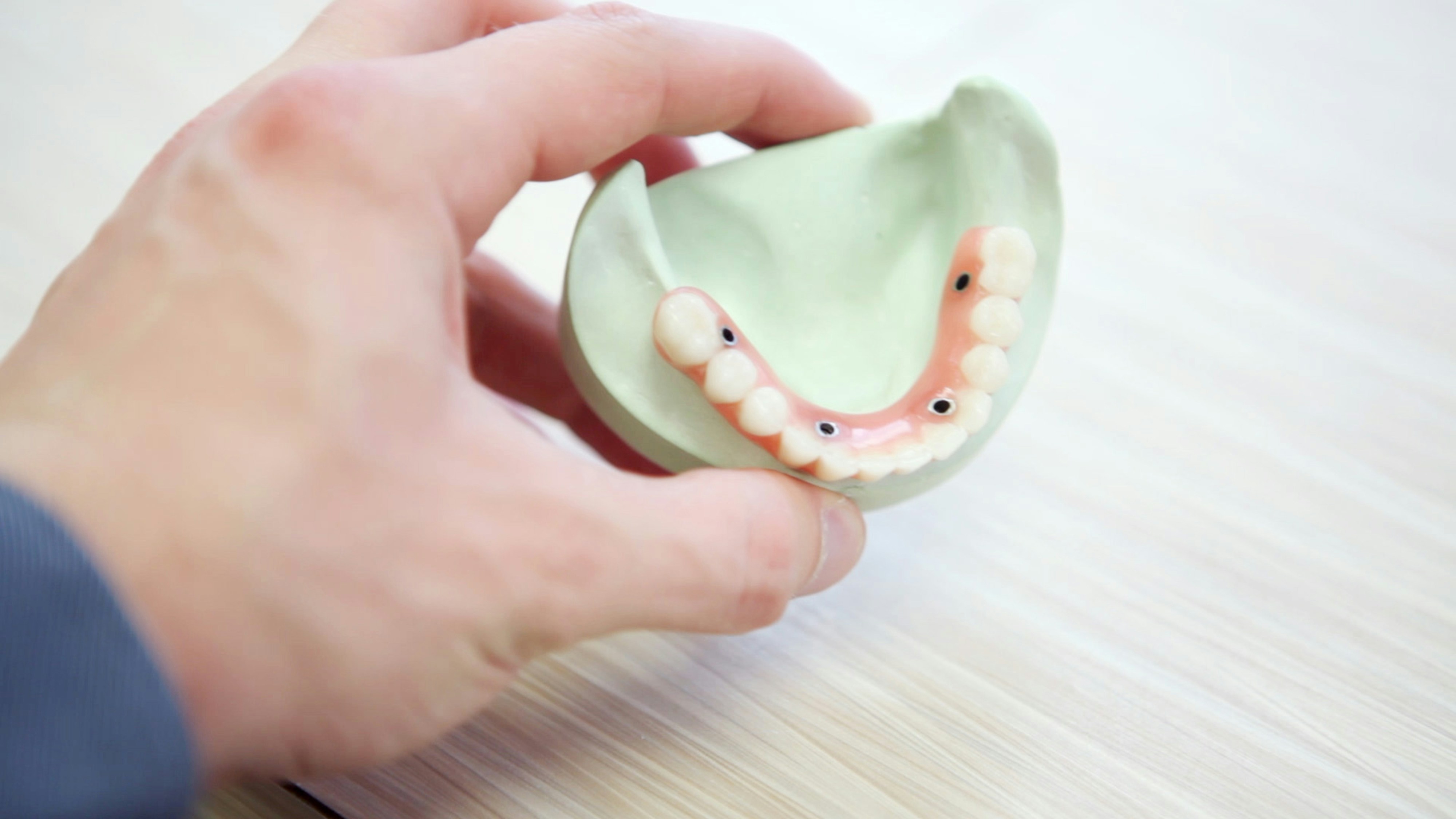How long will tooth filling last
Tooth fillings are a common dental procedure. They restore the function and integrity of a tooth. But how long do they last?
The longevity of a tooth filling varies. It depends on several factors, including the material used and oral hygiene habits.
Different types of fillings have different lifespans. Amalgam, composite, gold, and ceramic are popular choices. Each has its own durability.
Understanding these factors can help you maintain your fillings. This article will guide you through the essentials of tooth filling longevity.
What is a Tooth Filling and Why is it Needed?
A tooth filling is a restorative material. It is used to repair teeth damaged by cavities or decay. Fillings help restore the tooth’s shape and function.
Fillings are crucial for dental health. They prevent further decay by sealing cracks and crevices. Without fillings, decay can worsen and lead to tooth loss.
Tooth fillings offer several benefits:
- Restore the natural shape of the tooth
- Protect against further decay
- Improve biting and chewing ability
By filling a cavity, dentists can prevent more extensive dental issues. Thus, tooth fillings are vital for maintaining oral health.
Types of Tooth Fillings and Their Average Lifespan
Understanding the different types of tooth fillings can help you make informed decisions about dental care. Each type of filling material offers unique benefits and has a specific lifespan.
Some factors affect how long fillings last. These include the material used, location of the filling, and oral hygiene habits.
Various filling options are available. Common materials include:
- Amalgam
- Composite
- Gold
- Ceramic and Glass Ionomer
Amalgam fillings are known for their durability and strength. These fillings can last several years with proper care. Composite fillings, though less durable, offer a natural appearance.
Gold fillings are long-lasting and resistant to wear. However, they are often more costly. Ceramic and glass ionomer fillings provide aesthetic appeal and are resistant to staining.
Choosing the right filling involves considering its longevity and suitability. Discussing your options with a dentist is essential. Fillings play a crucial role in dental health. Selecting the appropriate material can enhance their durability.
Amalgam Fillings
Amalgam fillings have been used in dentistry for over a century. Known for their strength, they can withstand chewing pressures. These fillings typically last between 10 to 15 years or more.
They are a popular choice for molars, which endure high levels of stress. While functional, they do not match the tooth’s natural color. Despite this, their durability makes them a common choice.
Composite Fillings
Composite fillings consist of a resin-based material. They are well-liked for their tooth-like color. They are more aesthetically pleasing than metal options.
On average, composite fillings last around 5 to 7 years. With excellent oral care, they may last longer. Their appearance often outweighs their relative fragility, especially for visible teeth.
Gold Fillings
Gold fillings are considered premium due to their cost and longevity. They can last between 15 to 30 years. Their resistance to wear is notable, making them a durable choice.
Although they do not blend with teeth, many find their strength and durability worth the expense. Gold fillings are often placed in less visible areas of the mouth.
Ceramic and Glass Ionomer Fillings
Ceramic fillings are made from porcelain. They can last around 10 to 15 years. These fillings are resistant to staining and look natural.
Glass ionomer fillings release fluoride, which helps prevent decay. They are often used in areas requiring less force. These fillings are ideal for children and patients needing quick placement and longevity.
Ceramic and glass ionomer fillings are both effective options, each offering distinct advantages. Their choice often depends on personal preference and dental advice.
Key Factors Affecting Tooth Filling Longevity
The lifespan of a tooth filling depends on several crucial factors. Each factor can significantly influence how long your filling will last.
Firstly, the filling material plays a critical role. Some materials, like gold and amalgam, are inherently more durable. Others, like composite, may wear down quicker but offer aesthetic appeal.
Secondly, your oral hygiene habits impact filling longevity. Regular brushing and flossing are essential. Maintaining excellent oral care helps prevent decay and prolongs filling life.
The size and location of the filling also matter. Fillings in areas with heavy chewing forces, such as molars, often wear out faster. Larger fillings have a greater likelihood of cracking.
Lastly, lifestyle and diet choices make a difference. Consuming hard or sticky foods can damage fillings. Habits like teeth grinding can significantly shorten their lifespan.
Key factors affecting tooth filling longevity include:
- Type of filling material
- Oral hygiene practices
- Size and location of filling
- Dietary and lifestyle habits
Considering these factors helps in maintaining dental health and extending the life of fillings. Regular dental check-ups also provide early detection of potential issues.
Signs Your Filling May Need Replacement
Knowing when a filling needs replacement can prevent further dental issues. Timely action helps in maintaining tooth health.
Common signs that a filling may need replacing include pain or sensitivity. If you notice discomfort when biting or chewing, it may indicate a problem.
Physical changes are also telling. Look for cracks, chips, or gaps around the filling. Such changes suggest that it might be time for a replacement.
A checklist of signs to watch for:
- Pain or sensitivity
- Cracks or chips
- Gaps around the filling
If you experience these signs, consult your dentist promptly. Early intervention can save your tooth and prevent complications.
How to Extend the Life of Your Dental Fillings
Extending the life of your dental fillings is possible with diligent care. Simple daily habits can make a big difference.
Consistent oral hygiene routines are critical. Brushing twice daily and flossing regularly remove debris that may harm fillings.
The choice of toothbrush and toothpaste matters. Use a soft-bristled toothbrush and a non-abrasive fluoride toothpaste. These choices help protect both teeth and fillings.
Diet also plays a vital role. Avoiding hard foods like ice and nuts can prevent filling damage. Similarly, limit sugary and acidic foods to reduce decay risk.
Regular dental check-ups are essential for filling longevity. Your dentist can spot early signs of wear or issues needing attention.
Key tips to extend filling life:
- Maintain good oral hygiene
- Avoid hard and sticky foods
- Limit sugary and acidic drinks
- Use appropriate toothbrush and toothpaste
- Schedule regular dental visits
By following these steps, you can ensure the health and longevity of your dental fillings.
The Role of Regular Dental Visits in Filling Durability
Routine dental check-ups are crucial for preserving filling longevity. They provide an opportunity for professionals to catch issues early.
Dentists can detect wear or deterioration in fillings during these visits. Early intervention prevents more severe problems down the line.
Regular cleanings remove plaque buildup, promoting better oral health. This practice protects not only your fillings but also your entire mouth.
With consistent dental care, you enhance the durability of your tooth fillings. These visits are an investment in the health and sustainability of your dental work.
Cost, Insurance, and Other Practical Considerations
Dental fillings vary in cost depending on the material and complexity of the procedure. Some materials, like gold, are more expensive.
Insurance may cover the expense of fillings, but policies differ. It’s essential to understand what your plan includes.
When budgeting for dental care, consider the following:
- Material type (composite, amalgam, gold, etc.)
- Insurance coverage specifics
- Additional costs for consultations or check-ups
Understanding these factors helps you make informed decisions about your dental care. Being prepared financially can ease the process.
Frequently Asked Questions About Dental Filling Lifespan
Many people wonder how they can ensure the longevity of their dental fillings. Common questions often focus on maintenance and what to expect over time.
Brushing and flossing regularly are crucial for extending the life of a filling. Dental visits twice a year can spot issues early.
When it comes to specific concerns, here are some frequently asked questions:
- How long do different fillings last?
- What affects filling durability?
- Can fillings need replacing sooner than expected?
By addressing these questions, patients can feel more confident in their dental care choices. Clear communication with your dentist is always beneficial.
Conclusion: Maximizing Tooth Filling Durability
Maintaining the durability of your tooth fillings requires both attentive care and regular dental visits. Simple daily habits significantly impact their lifespan.
Adopting good oral hygiene practices, like brushing and flossing, can considerably prolong filling longevity. Avoiding hard foods and not using your teeth as tools also helps.
Regular check-ups allow your dentist to monitor filling conditions and make necessary adjustments. Staying proactive about dental health ensures your fillings remain effective for years. By following these steps, you can maximize the lifespan and durability of your tooth fillings, ensuring a healthy and lasting smile.




